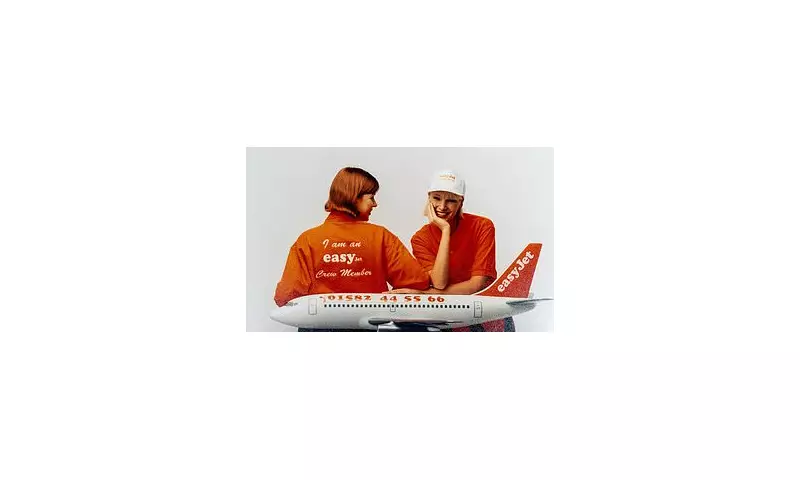
Exactly thirty years ago, a bright orange Boeing 737 took off from Luton Airport bound for Glasgow, carrying 122 passengers and a revolutionary idea: flying could be as affordable as a pair of jeans. With one-way tickets priced at just £29.99, EasyJet directly challenged established carriers like British Airways, whose fares on similar routes started at £120.
The Birth of a Low-Cost Aviation Giant
The airline was the brainchild of Stelios Haji-Ioannou, a charismatic 28-year-old Greek-Cypriot entrepreneur from a wealthy shipping family. Frustrated by inflated airfares, Stelios noticed it was sometimes cheaper to buy a package holiday than a scheduled flight seat to Greek islands, a situation he rightly deemed 'bonkers'.
Inspired by the successful low-cost model of Southwest Airlines in the US and backed by a £5 million loan from his father, Stelios launched his no-frills carrier. The initial catchline, 'making flying as affordable as a pair of jeans', was perfectly illustrated by the fact that a pair of Levi's also cost £29.99 at the time.
Three Decades of Unprecedented Growth
From its humble beginnings carrying 40,000 passengers in its first year, EasyJet's popularity exploded. Within six years, passenger numbers had ballooned to 10 million, reaching 50 million by 2010. Last year, the airline celebrated a monumental milestone, carrying over 100 million passengers, more than double British Airways' 46 million.
The airline's route network has expanded dramatically from its initial Luton to Glasgow and Edinburgh services. Its first international flight to Amsterdam launched in April 1996, followed quickly by Nice and Barcelona. Today, EasyJet operates 355 aircraft across 1,207 routes serving 164 airports in 38 countries, with its longest flight being a six-hour journey from Gatwick to Cape Verde's Sal island.
Evolution and Transformation
EasyJet's business model has evolved significantly over three decades. The airline began with telephone bookings, famously emblazoning its call centre number on aircraft fuselages. Stelios initially dismissed the internet as 'for nerds', but by 1997, easyjet.com launched, with online ticket sales beginning in April 1998.
The carrier's fleet transitioned from Boeing to Airbus in 2003 with a massive order for 240 A319s, and it continues to invest in modern, fuel-efficient aircraft. Staff uniforms have also been smartened up from the original baggy Tesco jeans and Benetton polo shirts to sophisticated charcoal-grey outfits with orange accents.
Perhaps most notably, Stelios himself has stepped back from day-to-day operations, reducing his shareholding in 2021 and losing his board veto power. The airline has also embraced ancillary revenue, introducing charges for hold luggage, seat allocation, and speedy boarding that didn't exist in its pure low-cost beginnings.
Despite these changes, EasyJet has maintained its commitment to low fares. Accounting for inflation, the original £29.99 ticket would now cost £62.01, yet the airline often offers fares cheaper in real terms than thirty years ago, with some key routes seeing prices fall by over 50%.
From its 70 original employees, EasyJet has grown into a behemoth with approximately 12,000 staff and an annual turnover of £9.3 billion, forever changing how Britons travel and proving that sometimes, the most revolutionary ideas come in bright orange packaging.





